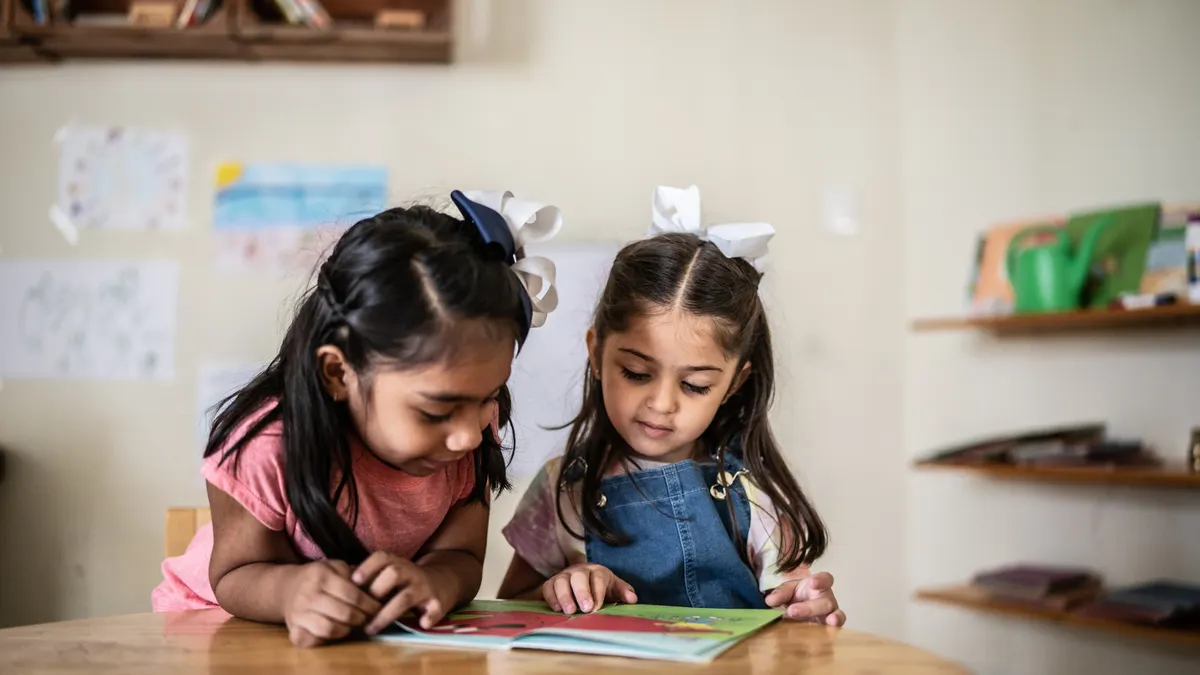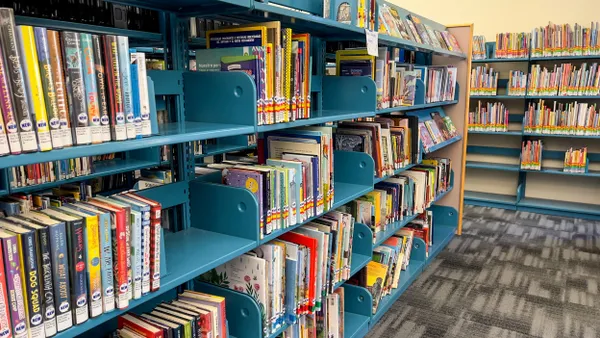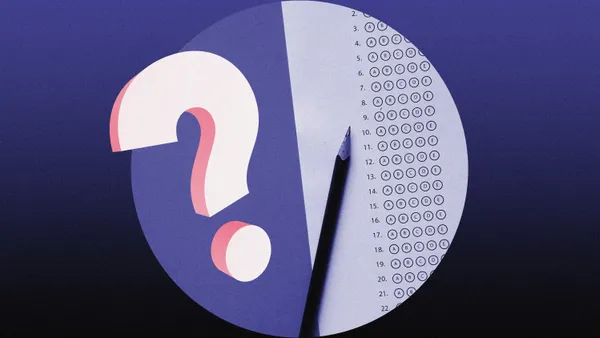Dive Brief:
- Young students are showing notable improvements in their early reading skills since the beginning of the COVID-19 pandemic, new research shows.
- About 68% of K-2 students are on track to learn to read, according to end-of-school-year assessment data from DIBELS, the Dynamic Indicators of Basic Early Literacy Skills. That’s a jump from mid-school-year data that showed only 56% of K-2 students were ready to learn to read.
- Disappointing reading results throughout K-12 post-COVID spurred states and districts to invest in professional development in science of reading for teachers and reading supports for students. U.S. Education Linda McMahon has named literacy education as her No. 1 priority.
Dive Insight:
Kindergartners have shown the greatest improvements, according to an analysis of DIBELS data from Amplify, a curriculum and assessment company. Amplify's mCLASS platform is used to help teachers administer the DIBELS assessment.
Data from the end of the 2024-25 school year show 70% of kindergartners were at or above reading benchmarks. That's up from 68% in 2023-24 and 49% in 2020-21.
First graders also demonstrated impressive gains. By the end of the 2024-25 school year, 70% of 1st graders were on track to learn to read. That's up from 68% for the 2023-24 school year and 56% from 2020-21.
Second graders increased their reading performances by 8 percentage points, from 57% on track for early literacy skills in the 2020-21 school year to 65% this past school year.
More K-2 students are on track for learning to read
“Five years out from the pandemic, we’re seeing encouraging signs that early literacy recovery is taking hold as more students across all early grades are on track to learn to read, with kindergarteners and first graders leading the recovery,” said Paul Gazzerro, director of customer data at Amplify, in a July 2 statement.
Despite the improvements, there are still areas of concern.
Amplify notes, for example, that progress in early literacy skills is slowing year over year. The analysis also points to gender disparities in early reading performances.
For students who are on track for learning to read, boys start the school year in each grade with the same or better early reading scores as girls. But then K-1 girls outpace boys by the end of the year. In 2nd grade, girls still lag at the beginning and middle of the school year but narrow the gap by the end.
To continue supporting early readers, Amplify recommends school districts:
- Analyze student data and adjust grade-level instruction to support students who are at risk.
- Research the root causes behind students' struggles with grade-level instruction and allocate resources to support at-risk students.
- Monitor students' reading progress.
- Support professional development to help teachers understand science of reading approaches.
- Create opportunities for young students to enjoy reading in all school-based settings.







 Dive Awards
Dive Awards







